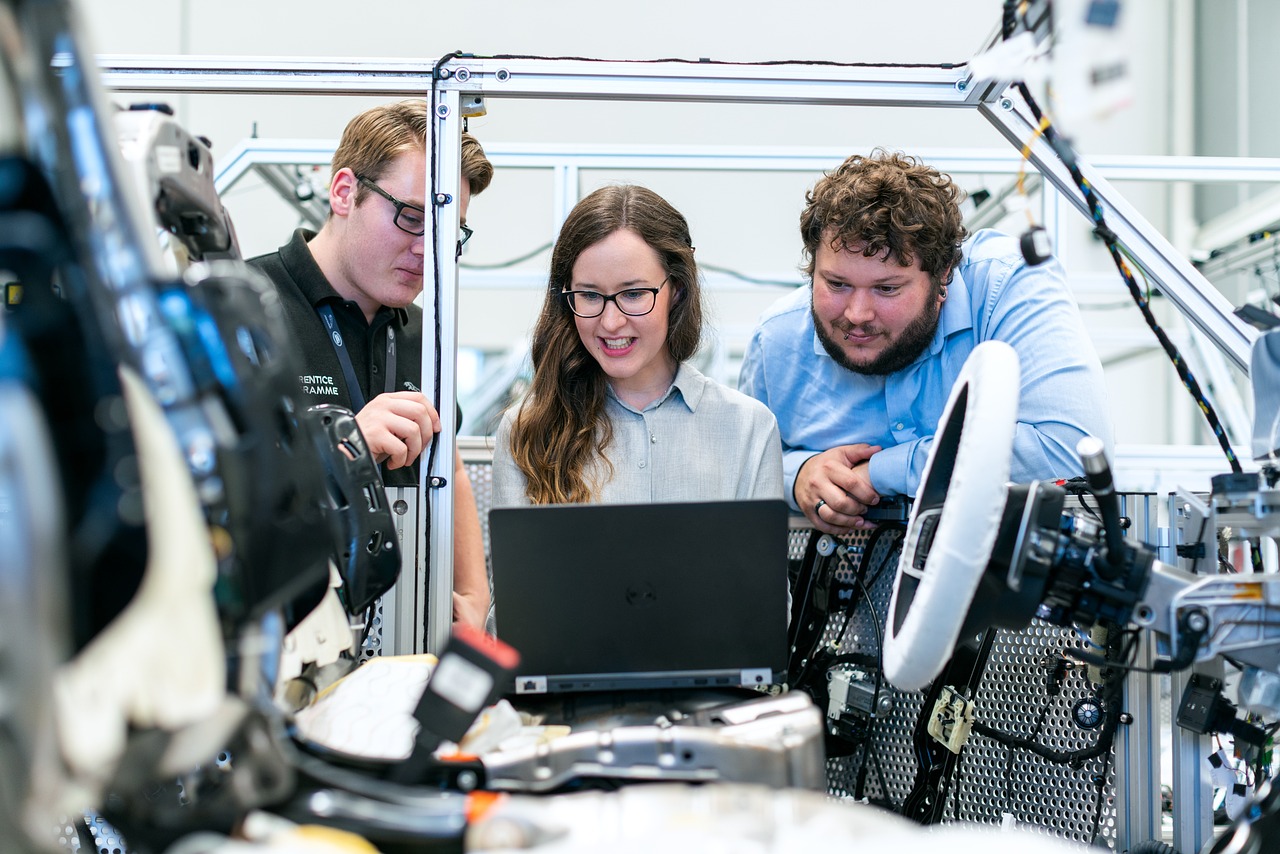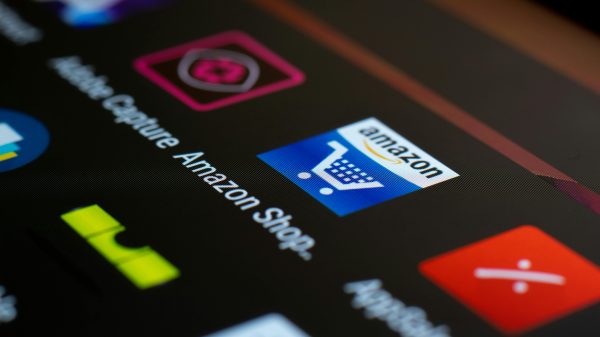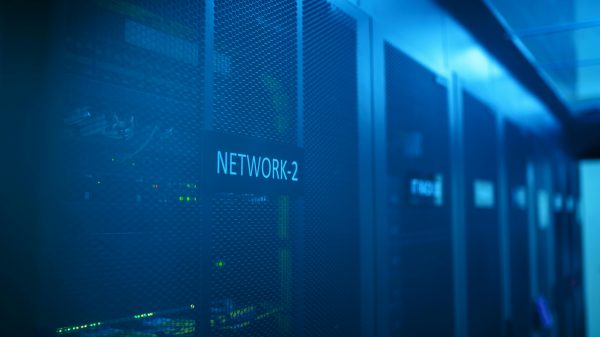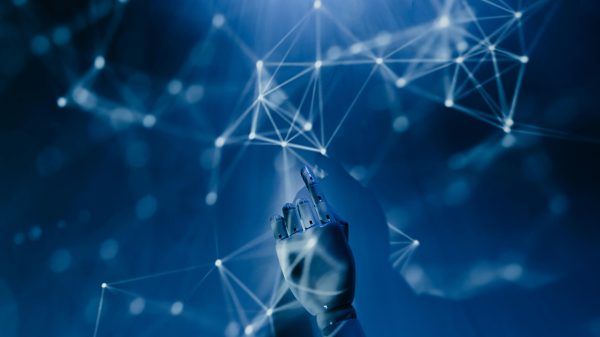For years, product engineering was exemplified by the integration of smart features into physical products using rule-based systems. But with the advent of new-frontier technologies like artificial intelligence (AI) and machine learning (ML), the industry is poised to take on a new trajectory as more companies embrace sustainable and data-driven solutions.
Decisions in product development will no longer be driven purely by the bottom line. Rather, designers will focus on creating future-proof products that address key customer pain points while allowing brands to maintain long-term competitive advantage.
Below are the top digital product engineering trends likely to dominate 2025 and beyond.
1. AI-Driven Product and Development
Artificial intelligence is arguably the most pervasive of all modern technologies, which explains its widespread adoption in product engineering.
AIвҖҷs influence is most palpable in the digital product engineering sector, helping creators reimagine critical decision making and reducing human errors across various software development phases.
AI-driven software utilizes advanced automation systems, such as predictive analytics, to provide designers with invaluable product insights. Teams can leverage such data to uncover the source of quality issues and proactively implement corrective actions.
Developers may also deploy computer vision – a revolutionary AI subset – to extract detailed information from models during routine simulations. The data is then harnessed to optimize the product creation process and achieve the desired outcome.
2. Sustainable Engineering
Sustainability is no longer a byword. ItвҖҷs a reality driving innovation in various industries, including product engineering. Whether itвҖҷs meeting the United NationsвҖҷ Sustainable Development Goal (SDG) #7 on clean and affordable energy by 2030 or attaining net-zero emissions by 2050, the quest for sustainable manufacturing practices is constantly gathering momentum.
In the realm of product design, sustainable engineering emphasizes processes that address consumer pain points while preserving Mother Earth. ItвҖҷs an area that eco-conscious brands are happy to exploit.
One way companies embrace sustainable engineering is by switching from conventional hydroelectric power to solar energy. Renowned brands like Amazon are already blazing trails in that regard. In 2023, Amazon invested in over 100 new solar and wind energy projects, bolstering its already high renewable energy portfolio.
Besides switching to clean energy, sustainable engineering also advocates recycling as a means to ease our already choked landfills while minimizing production waste.
3. Digital Twins
Michael Grieves may be credited for coining the term вҖҳdigital twinвҖҷ in 2002. But itвҖҷs surprising to note that organizations like NASA had already experimented with the concept decades before the word entered our collective conscience.
Digital twins is all about creating virtual images, drawings, and models of real-life people, things, and places. While that might not sound so techy at face value, the concept of digital twins has dramatically transformed the product engineering landscape.
Developers can leverage virtual replicas to perform simulations of a subjectвҖҷs behavioral patterns, then create appropriate products.
A classic case of digital twins is a virtual simulation of Singapore, which developers use to improve the countryвҖҷs energy consumption, predict traffic flow, and plan development.
4. Hyper-Personalization and Extended Reality (XR)
Hyper-personalization has been a well-guarded secret among techy product developers. It involves using artificial intelligence to display products and contents that are highly tailored to specific market segments.
Although hyper-personalization borrows heavily from AI, developers may also deploy other automation technologies like data analytics to improve product outcomes.
Meanwhile, extended reality (XR) is a broad-spectrum term encompassing augmented reality (AR), virtual reality (VR), and mixed reality (MR).
Thanks to extended reality, software product engineering teams can immerse themselves into virtual environments and collaborate on a project while co-developing the actual product in their respective physical locations. ItвҖҷs the closest engineers will get to harnessing the power of virtual and real-life collaborations.
5. Edge Computing in Product Development
Cloud computing may be the new IT buzzword. However, edge computing has been around for remarkably long and its impact on product engineering has been monumental.
While traditional cloud computing emphasizes centralizing data centers, edge computing seeks to bring computation and data storage closer to where theyвҖҷre required. For software engineers, this can improve response times by shortening the distance that critical product information travels from the source to cloud data centers.
Edge computing may also help conserve the internet for bandwidth-intensive projects, potentially translating into high savings. The technology also fosters scalability, allowing developers to gradually incorporate edge devices into their systems as the demand upsurges.
Moreover, edge computing will bolster data and cyber security for product engineers. ThatвҖҷs for the simple reason that information is protected locally in on-premises networks or by the closed systems of third-party service providers.
6. Agile and Decentralized Development Models
Agility is yet another revolutionary trend that will shape the future of product engineering. Through agile development, engineers can make timely and informed decisions for improved outcomes.
Developers will no longer be bogged down by the demands of traditional hierarchical decision-making systems, which only encourage bureaucracy.
With a decentralized approach to decision-making, design teams will retain the autonomy of action based on their expertise and role in a product development process. This will minimize delays and avert pitfalls by addressing potential issues before they escalate.
Embracing a decentralized approach to product development will also create a conducive environment for creative outlets, further improving product value and competitiveness.
7. Regulatory Compliance and Ethical Engineering
Regulatory compliance is an area that product developers traditionally skimped on. Well, that was until regulators stepped up quality assurance checks, which have since resulted in numerous product recalls.
Product recalls can cause devastating economic losses and reputational damage. And while retailers often bear the brunt, the ripple effects can reverberate throughout the entire supply chain ecosystem, including back to product engineers.
Non-compliance may lead to more stringent repercussions, including lawsuits and business closures. Product engineers will forestall these risks by adhering to good manufacturing practices (GMPs) and other relevant industry standards.
Besides compliance, ethical engineering will also drive technology trends in future product design. Developers will embrace practices emphasizing transparency across several aspects, such as product labeling and customer data handling.
Wrap Up
It would be a misnomer to describe the above innovations as futuristic. On the contrary, the majority of these technologies have already pervaded the product engineering landscape, revolutionizing how companies respond to new dynamics in modern software development.
The onus is on shrewd business developers to embrace these product differentiation trends with a view to improving their resilience in one of the most competitive industries. As with most new-frontier technologies, you can either reap big returns from early adoption or play catch up with late adoption.
Perhaps we should also note that most product engineering services trends are inherently disruptive. Therefore, businesses must proceed cautiously to maintain operational continuity during the adoption period.















